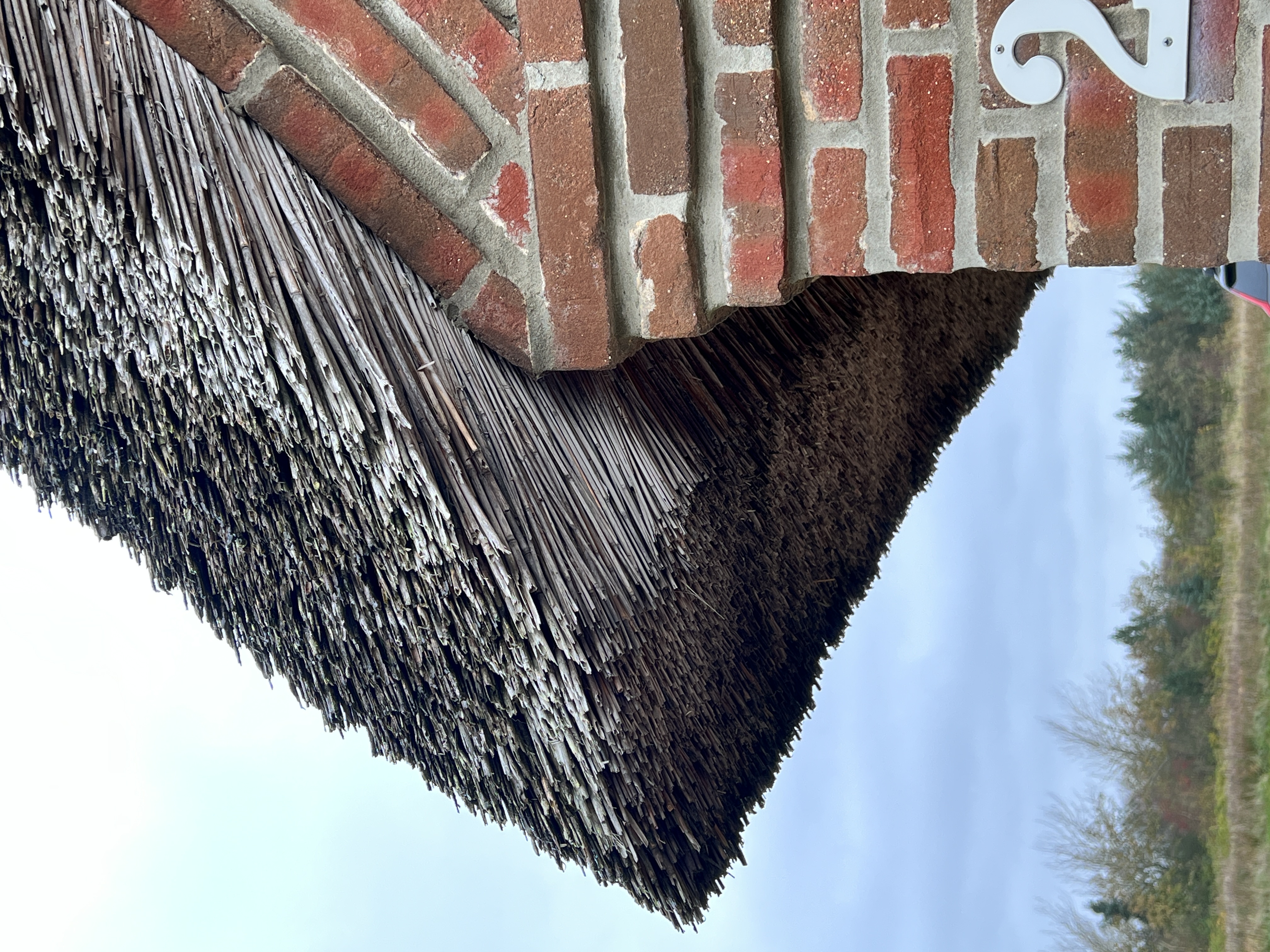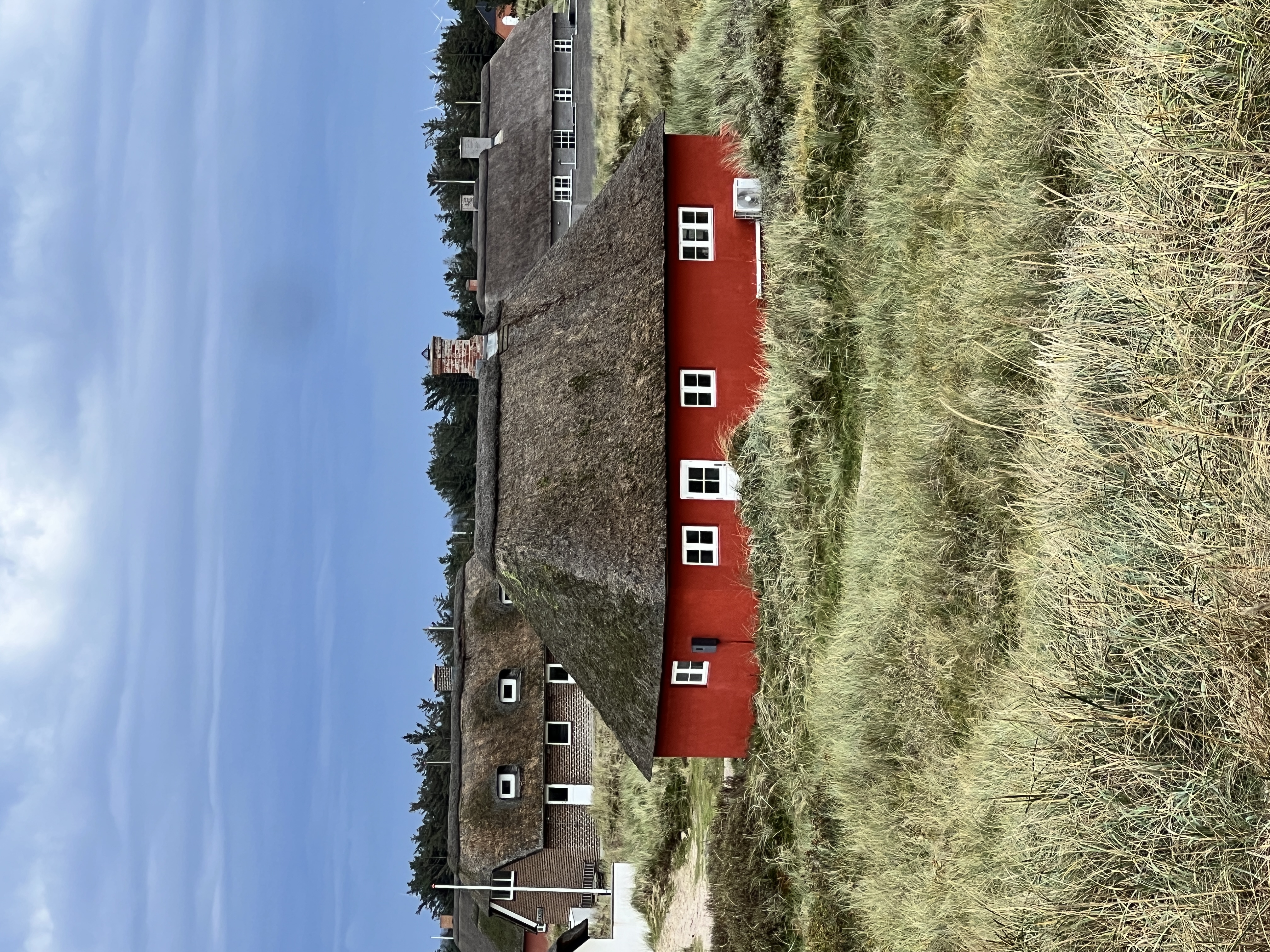- Published on
Jhopdi(झोपडी) roof or Reetdach?
- Authors
- Name
- @atbrakhi
Every time I am in Denmark, I look at the majority of the houses with thatched roofs close to the North Sea. Though I did not notice this kind of roof when I was around the Baltic Sea area or in cities like Copenhagen. Anyway, the roof reminded me of Jhopdi (झोपडी)[1] in Indian villages. Many people of my parents' generation grew up in Jhopdi (झोपडी)[1], and also in a kaccha house[2], including my parents. I also remember seeing these houses in the village. I would also like to clarify, I am mostly talking about Bihar, India.
If you live in or visit any Bihari village, it is not uncommon to see these kinds of houses still, though they are becoming less and less. Kaccha houses are becoming rare, it is not gone completely. In India, if you see such a roof or a kaccha house, it mostly signifies poverty.
It is truly fascinating to witness how people in Denmark utilize Reetdächer. These roofs are not only environmentally friendly but also effectively protect against rain. Interestingly, according to online sources, they do come at a slightly higher cost compared to conventional roofs.
It is intriguing to consider how what may be perceived as a sign of poverty in one place could be seen as a symbol of wealth in another!
[1] Jhopdi (झोपडी): Traditional term used in Hindi language that refers to a cottage/hut.
[2] Kaccha houses: A kaccha house is constructed using mud and straw.
Pictures of Reetdach:

